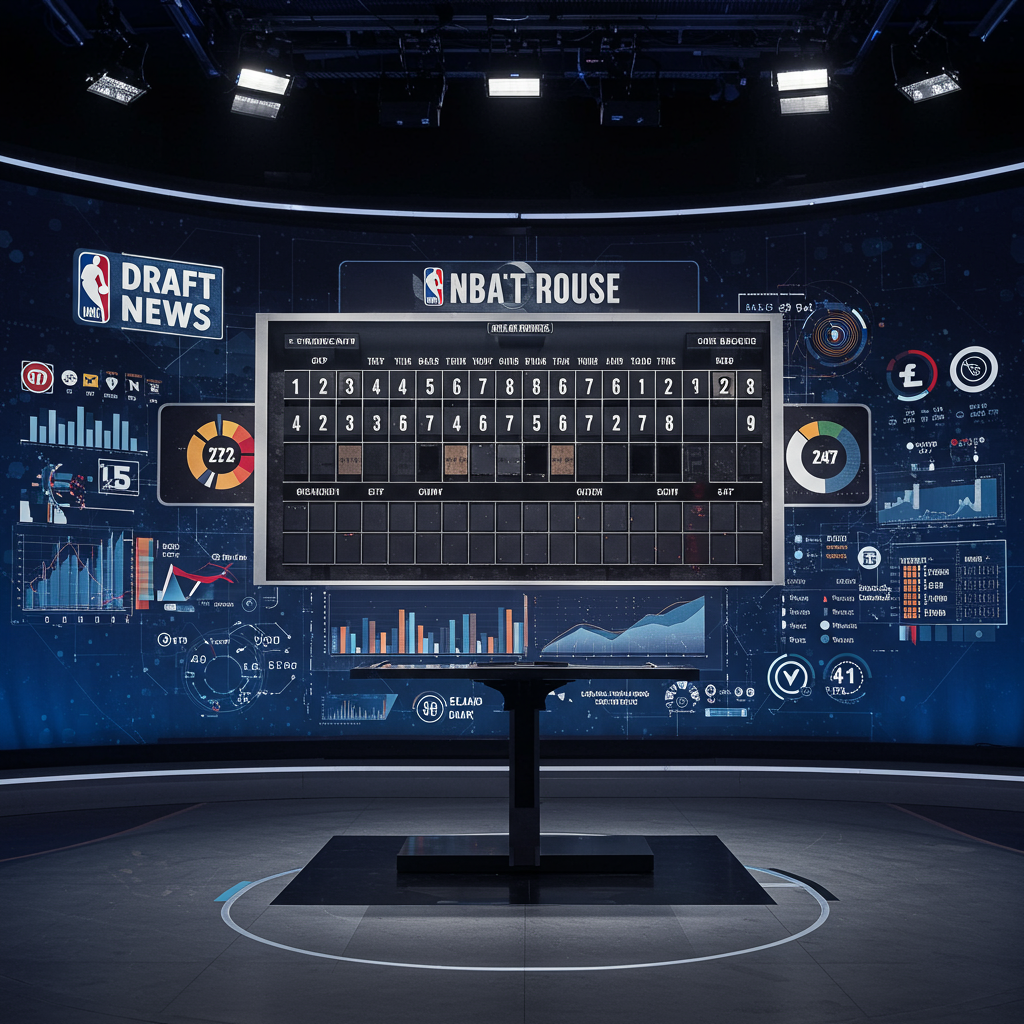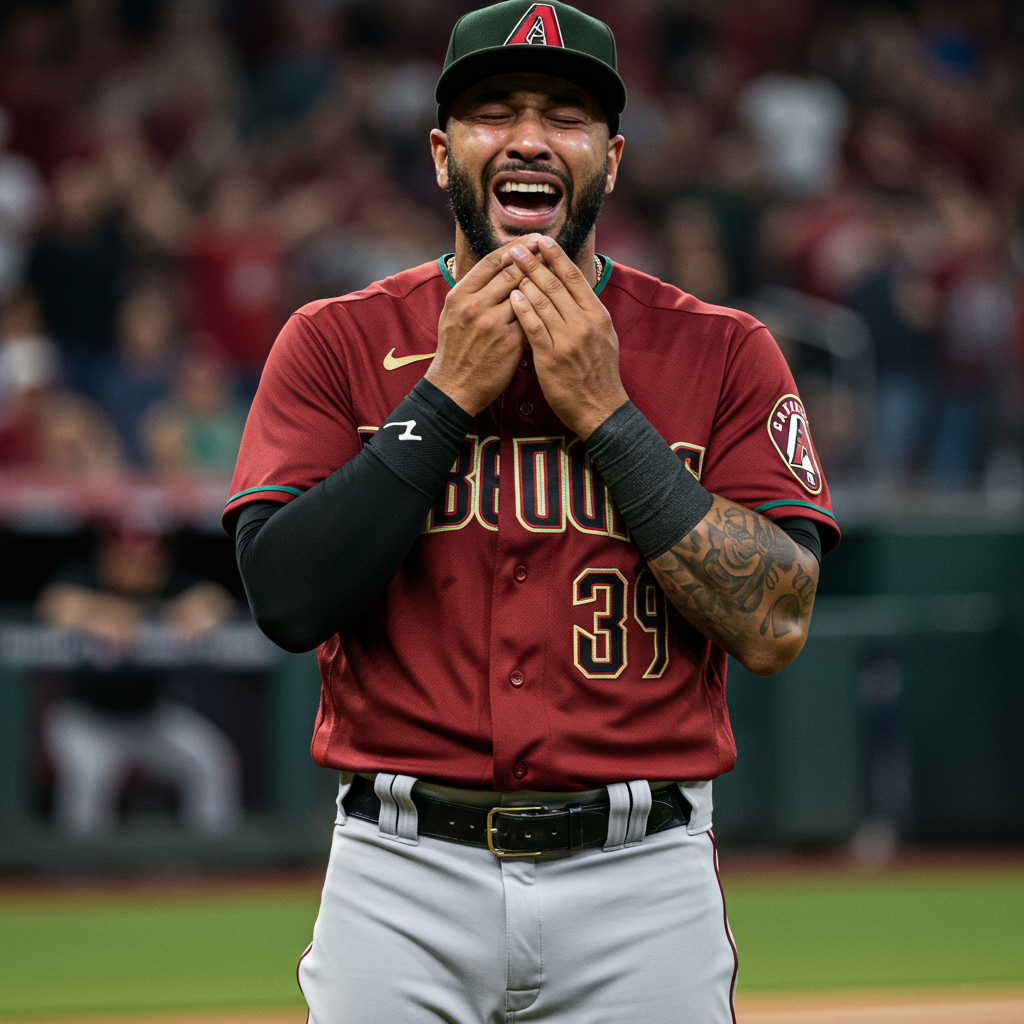With the NBA Draft Lottery setting the official order and the Combine providing crucial data points, the landscape for the upcoming draft is rapidly taking shape. As teams navigate a chaotic pre-draft period filled with roster moves and trade rumors, analysts are refining their projections based on the latest intelligence. This article provides a deep dive into a prominent first-round mock draft (Kevin O’Connor’s Mock Draft 5.0 on Yahoo Sports), incorporating insights from other analyses (like Bryan Kalbrosky’s on USA Today) and the surrounding trade buzz.
Top of the Draft: Projecting Picks 1-10
The consensus appears to solidify at the very top, but intrigue quickly follows.
No. 1 Dallas Mavericks: Cooper Flagg, F, Duke
Widely considered the safest top pick in years, Flagg remains the projected No. 1 overall selection. Praised for his versatile two-way game, hustle, passing, and improved jumper, he offers a high floor with potential ranging from an All-Star to a Hall of Famer. His development as a shot creator will be key, but his combine measurements and strong collegiate performance reinforce his standing.
No. 2 San Antonio Spurs: Dylan Harper, G, Rutgers
While projected here, sources indicate the Spurs are open to trading this pick for a “ridiculous haul.” If they keep it, Harper, a big-bodied combo guard, is the likely choice. Known for his high floor, poise, and playmaking, some analysts believed he could have been the consensus No. 1 pick if not for Flagg’s reclassification. Concerns linger about his shooting percentages and fit alongside other Spurs players focused on interior scoring, but his significant upside is seen as worth the gamble. Harper also impressed with his dynamic scoring ability and earned Big Ten All-Freshman honors.
No. 3 Philadelphia 76ers: VJ Edgecombe, G, Baylor
Seen as a strong fit for the Sixers, Edgecombe brings explosive athleticism, a high motor, and knockdown spot-up shooting. He’s a fearless slasher who doesn’t need to be a primary creator immediately. While some executives suspect this could be a smokescreen by the Sixers for leverage, Edgecombe’s defensive prowess and two-way potential make him a sensible option. His combine measurements and ability to hit spot-up threes are notable.
No. 4 Charlotte Hornets: Kon Knueppel, G/F, Duke
Valued for his sharpshooting, playmaking, and scoring feel, Knueppel is projected to fit well between the Hornets’ existing guards and forwards. Despite average athleticism, his overall feel for the game and winning plays (like leading freshmen in corner 3s) make him an attractive prospect at this spot. (Note: Another projection places Ace Bailey here, highlighting the variability after the top 3).
No. 5 Utah Jazz: Tre Johnson, G, Texas
Potentially the best shooter in the class, Johnson is seen as a high-upside pick for the Jazz. He’s a natural scorer who is difficult to stop in transition, leading freshmen in transition and above-the-break 3-pointers. While needing development in point guard skills, shot selection, and defense, his near plus-six wingspan measured at the combine adds to his appeal. (Note: Another projection places Jeremiah Fears here, highlighting rising guards in this range).
No. 6 Washington Wizards: Khaman Maluach, C, Duke
A towering 7-2 rim protector, Maluach offers significant defensive versatility. While raw offensively, he is a project the young Wizards can afford patience with. His elite measurements at the combine (nearly 7-7 wingspan, 9-6 standing reach) and lob threat ability underline his potential as a foundational defensive anchor.
No. 7 New Orleans Pelicans: Ace Bailey, F, Rutgers
Despite possessing “ridiculous shot-making machine” talent and star ambition, Bailey is projected to fall slightly in some mocks. Raw shot creation and defensive edges are cited as potential reasons, raising questions about his immediate translation to the pro game. His impressive 6-10 height and compelling 7-foot wingspan measured at the combine still provide significant upside. (Note: Another projection places Kon Knueppel here).
No. 8 Brooklyn Nets: Jeremiah Fears, G, Oklahoma
The Nets, with multiple first-round picks, are in a rebuilding phase and can take swings on high-upside talent. Fears is reportedly gaining momentum as a potential lottery pick. Known for his scoring ability at multiple levels, strong playmaking, and impressive March Madness performance, he’s one of the youngest projected first-rounders. (Note: Another projection places Khaman Maluach here).
No. 9 Toronto Raptors: Derik Queen, C, Maryland
Queen’s draft stock reportedly rose after a key NCAA tournament moment. He’s noted for trailing only Cooper Flagg in Wins Above Replacement Player among freshmen, indicating his significant impact potential. (Note: Another projection places Carter Bryant here).
No. 10 Houston Rockets: Carter Bryant, F, Arizona
Bryant is a player testing the draft waters, and his final decision could impact this range. He is projected here by one mock draft. (Note: Another projection places Thomas Sorber here).
Mid-to-Late First Round Outlook (Picks 11-30)
The rest of the first round features a mix of players with specific high-level skills, intriguing physical tools, and raw projects needing development time.
Teams like the Memphis Grizzlies (needing ball-handling), Minnesota Timberwolves (needing shooting), and Phoenix Suns (needing defense and a big man) are projected to target players that fit their immediate roster needs or strategic direction.
Many prospects in this range are described as having significant flaws (e.g., inconsistent shooting, decision-making issues, defensive lapses) but possessing tantalizing upside or clear paths to becoming valuable role players if they can refine specific aspects of their game.
The Brooklyn Nets (No. 8, No. 19, No. 22, No. 26, No. 27) are projected to make multiple selections, targeting players like Will Riley, Kasparas Jakučionis, Danny Wolf, and Drake Powell – often raw, high-upside players or potential role players (like 3-and-D wings) that fit their long-term build.
Combine data, such as wingspan and standing reach, continues to influence evaluations throughout this range, particularly for big men and defenders. Analytical data points like efficiency ratings, shooting splits, and defensive metrics from sources like Bart Torvik, CBB Analytics, Cerebro Sports, and RealGM are used to support player descriptions.
Some players in this range are “testing the waters” from college, meaning their final decisions by the withdrawal deadline will impact how these picks unfold.
Latest NBA Draft Trade Buzz
Trade discussions are an inherent part of the pre-draft process and could significantly alter the mock draft landscape.
Beyond the Spurs potentially listening to offers for the No. 2 pick, the Atlanta Hawks (No. 13) are reportedly active in trade talks, looking to move significantly up into the top five, specifically targeting a center prospect. If they stay put, a raw but talented big man like Joan Beringer is projected for them.
The reigning champion Oklahoma City Thunder (No. 15, No. 24) possess deep roster flexibility and numerous future picks. They are prime candidates to consolidate assets via trades, potentially moving up or packaging picks, though projections exist for who they might select if they keep their picks.
Recent league news, such as the surprising trade involving Anfernee Simons and Jrue Holiday between the Trail Blazers and Celtics, underscores the level of roster maneuvering happening concurrently with draft preparations. While not directly involving these specific draft picks (as reported so far), such moves can shift team needs and priorities ahead of draft night.
Combine Insights & What’s Next
The NBA Draft Combine provides valuable athletic testing, measurements, and interview data that influences team boards. The official lottery order is set, but player decisions on whether to remain in the draft or return to college by the deadline on May 28th will be the next major inflection point, continuing to shape how the first round ultimately unfolds.
This mock draft provides a snapshot of current projections and rumors, but the fluid nature of the pre-draft period means exciting changes are always possible as teams finalize their strategies.




